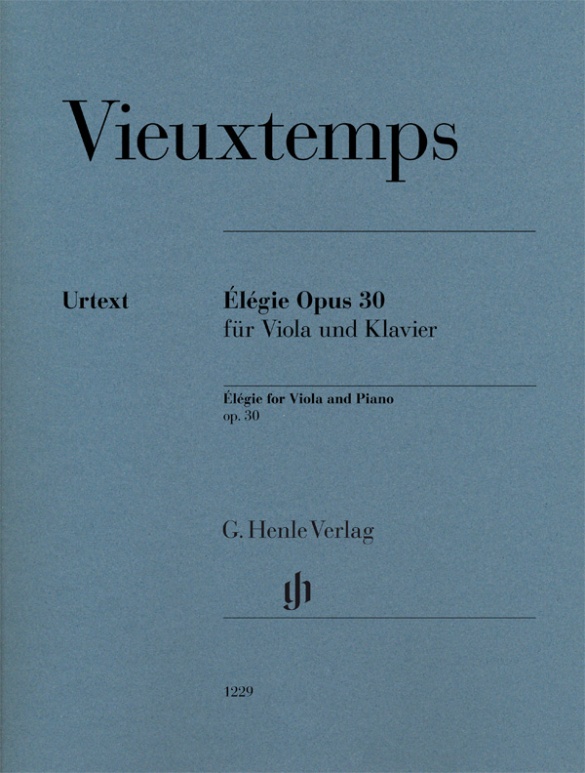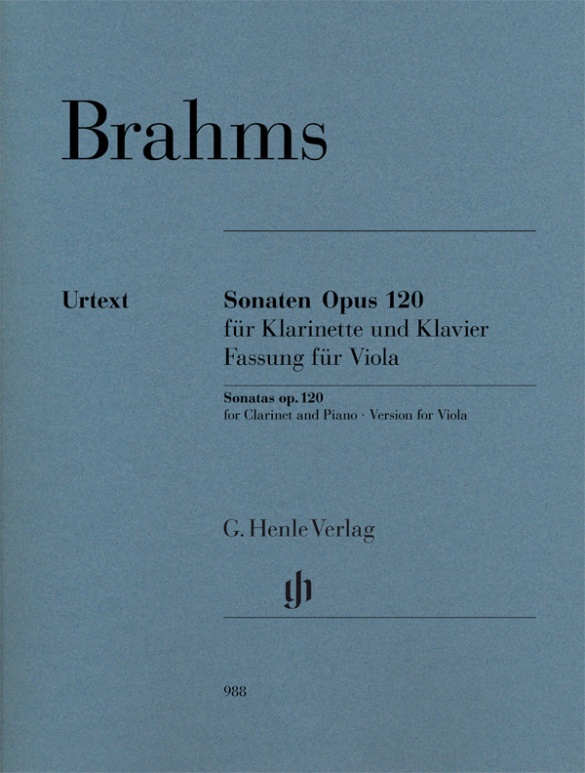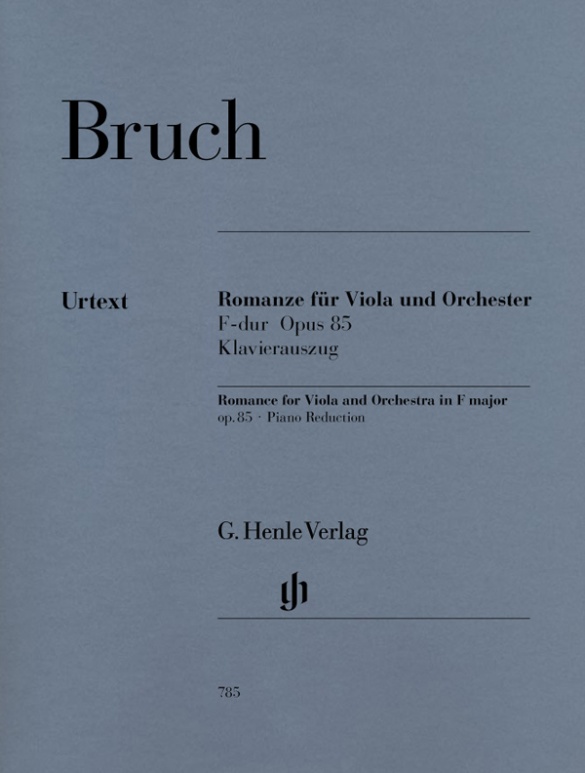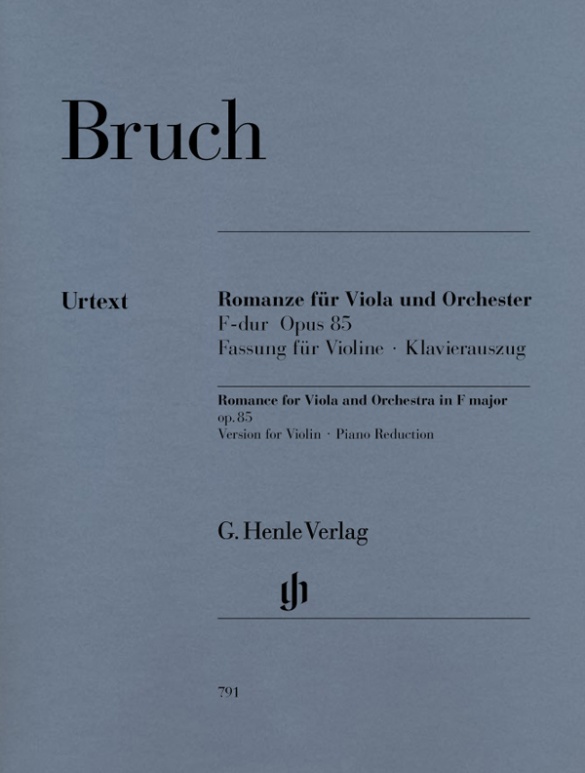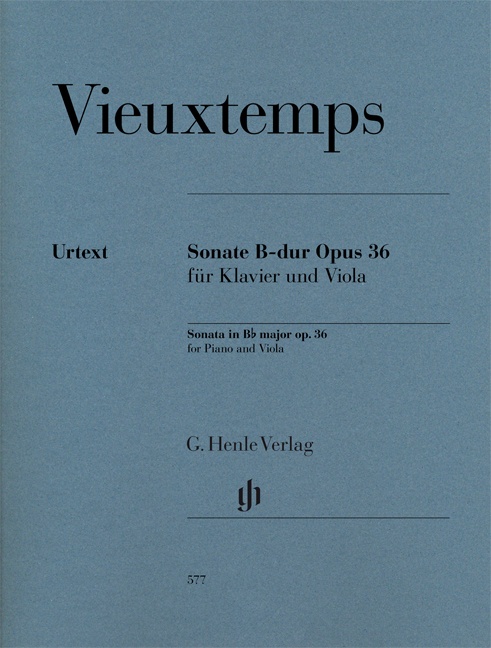

Henry Vieuxtemps
Viola Sonata in B flat major op. 36
Vieuxtemps is nowadays considered to be the foremost exponent of the Franco-Belgian violin school. Following a concert by the 14-year old “wunderkind” in 1834, none other than Robert Schumann said: “With Henri one can safely close one’s eyes. His playing is like a flower, at the same time both fragrant and bright.”
Vieuxtemps was also an excellent viola player and alongside numerous works for violin, also wrote several compositions for its relative. The Sonata op. 36, published in 1862, is one of the gems of viola literature with its oscillation between expressive maestoso, elegiac barcarola and scherzando passages. Our edition is the first ever Urtext edition.
Content/Details
About the Composer
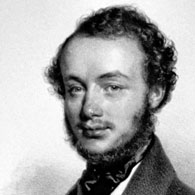
Henry Vieuxtemps
A violinist and composer of the Romantic era from Belgium who attained great international fame by his virtuosic playing. He is regarded as the most important representative of the Franco-Belgian violin school. His works include concerti for violin, viola, and cello, solo pieces, and chamber music.
About the Authors

Peter Jost (Editor)
Dr. Peter Jost, born in 1960 in Diefflen/Saar, read musicology, German and comparative studies at Saarland University in Saarbrücken. He did his PhD in 1988 with a thesis on Robert Schumann’s Waldszenen.
From November 1991 to April 2009 he was a research associate at the Richard Wagner Complete Edition in Munich, and since May 2009 has been an editor at G. Henle Publishers. His Urtext editions comprise predominantly French music of the 19th and 20th centuries, including works by Lalo, Saint-Saëns and Ravel.

Klaus Schilde (Fingering)
Schilde won numerous prizes. From 1947 onwards he gave concerts as a soloist and chamber musician on almost every single continent with renowned orchestras. He taught at the music conservatories in East Berlin Detmold, West Berlin, Munich, Tokyo (Geidai) and Weimar. From 1988–1991 he was President of the Staatliche Hochschule für Musik und Theater in Munich, where he
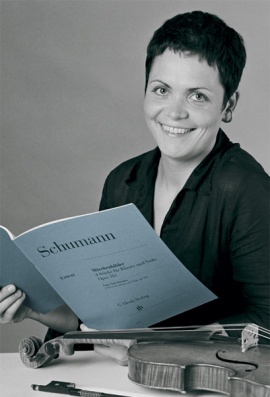
Tabea Zimmermann (Fingering and bowing for Viola)
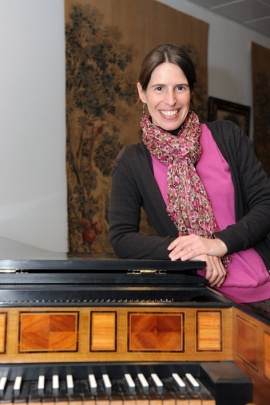
Marie Cornaz (Preface)
Marie Cornaz is the head of the music division at the Royal Library of Belgium and lecturer in musicology at the Université Libre de Bruxelles. After her doctoral dissertation on music publishing in Brussels during the 18th century, she has published on manuscript and printed musical sources kept in Belgian collections and on the history of the musicians in the Low Countries and Belgium between the 17th century and the beginning of the 20th century. She is the author of the following books: L’édition et la diffusion de la musique à Bruxelles au XVIIIe siècle (2001), Les Princes de Chimay et la musique (2002), The Dukes of Arenberg and Music in the Eighteenth Century. The Story of a Music Collection (2015) and À la redécouverte d’Eugène Ysaÿe (2019).
Product Safety Informations (GPSR)

G. Henle Verlag
Here you can find the information about the manufacturer of the product.G. Henle Verlag e.K.
Forstenrieder Allee 122
81476 München
Germany
info@henle.de
www.henle.com
Henle's generous edition offers two viola parts; one fingered and bowed by Tabea Zimmermann, both with handy fold-out pages. Violists will eagerly embrace this handsome Urtext publication.
Austa Q, 2014recommendations
autogenerated_cross_selling
Further editions of this title
Further editions of this title


